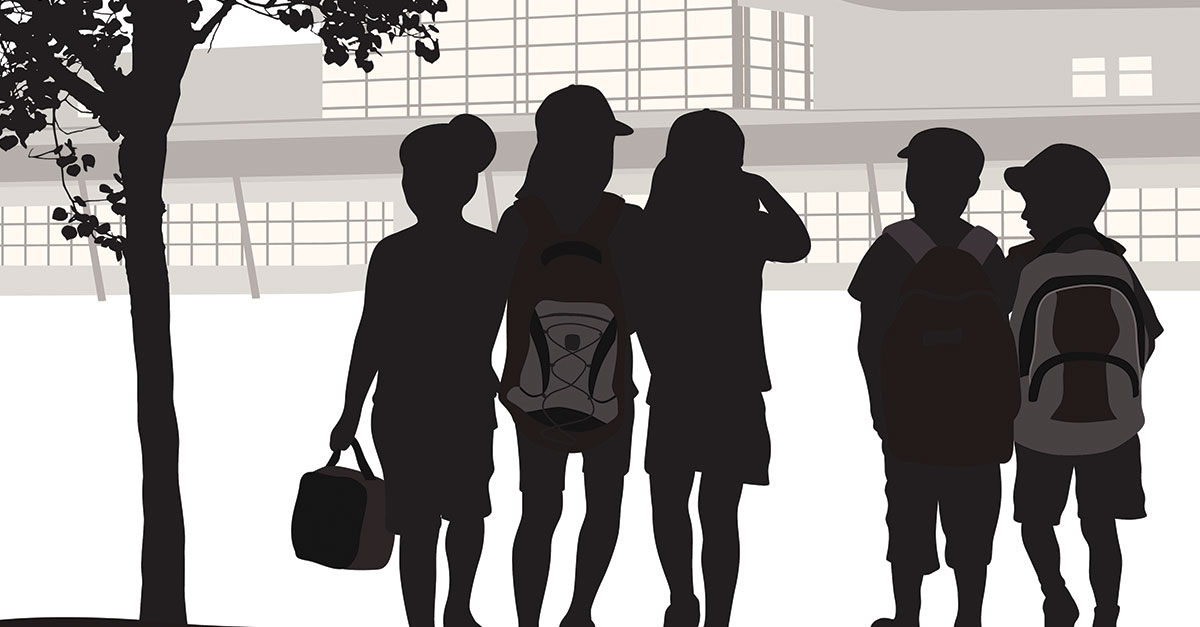Recently released survey data of the nation’s high school students found that teens’ mental health continued a decline that began before the pandemic, according to the Centers for Disease Control and Prevention. The survey was administered from January through June 2021.
More than one-third, or 37 percent, of high school students reported they experienced poor mental health during the COVID-19 pandemic, and 44 percent reported they persistently felt sad or hopeless during the past year.
Other significant challenges youth reported facing during the pandemic were:
- More than half (55 percent) experienced emotional abuse by a parent or other adult in the home, including swearing at, insulting or putting down the student.
- Eleven percent experienced physical abuse by a parent or other adult in the home, including hitting, beating, kicking or physically hurting the student.
- Twenty-nine percent reported a parent or other adult in their home lost a job.
LGBTQ youth and female youth reported greater levels of poor mental health, emotional abuse by a parent or caregiver, and having attempted suicide than their counterparts.
In addition, 36 percent of surveyed students said they experienced racism before or during the COVID-19 pandemic, with the highest levels reported by Asian students (64 percent), Black students and students of multiple races (both 55 percent). The analysis notes that “experiences of racism among youth have been linked to poor mental health, academic performance, and lifelong health risk behaviors.”
How schools can help
School connectedness — defined in the analysis as “a sense of being cared for, supported and belonging at school” — plays a big role in stabilizing youth during times of disruption, the survey found. Youth who felt connected to adults and peers at school were significantly less likely than those who did not to report persistent feelings of sadness or hopelessness (35 percent vs. 53 percent); that they seriously considered attempting suicide (14 percent vs. 26 percent); or attempted suicide (6 percent vs. 12 percent). Unfortunately, fewer than half (47 percent) of surveyed youth reported feeling close to people at school during the pandemic.
Experts say that schools are crucial partners in supporting the health and well-being of students. “In the face of adversity, support from schools, families and communities protects adolescents from potentially devastating consequences,” said Jonathan Mermin, CDC’s lead for monitoring and addressing school-based health, in a statement.
“These data echo a cry for help,” said CDC Acting Principal Deputy Director Debra Houry. “The COVID-19 pandemic has created traumatic stressors that have the potential to further erode students’ mental well-being. Our research shows that surrounding youth with the proper support can reverse these trends and help our youth now and in the future.”





